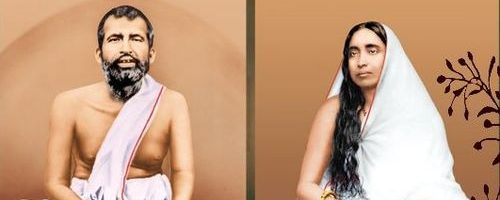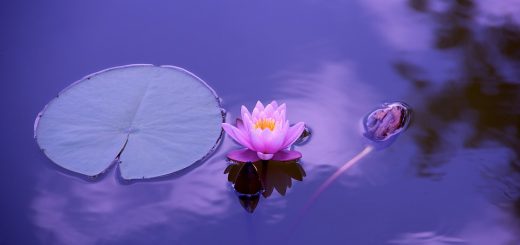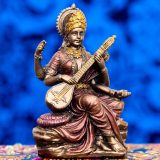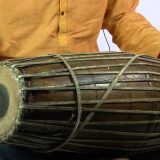Sanaathana Saaradaa — 5 : The Significance, Need and the Code & Custom of Worship or Puja in our culture – Part 2
11–08–2017, Friday.Sanaatana Saaradaa:
Puja or Worship–Part–2.
In the earlier part we discovered the edifying & efficacious function of Puja. Now, we try to know the meaning and the practice of Puja. AmaraKosa, a Sanskrit Dictionary defines puja as ” Pujanam pujaa“.
Puja is worship is its meaning. The word “Pujaa” is derived from the root “puja pujaayaam“. The root-meaning also is puja. Here, we define puja.
“Pootih pavitrataa jaayate yasyaah saa pujaa“.
It means purity or chastity is generated or realised through this which is called “Puja”. In a way we can follow the foot-steps of the sage, Patanjali, who defined “Yoga” as,”Yogah chitta vritti nirodhah” by which He means that “yoga is terminating all all mental propensities & proclivities”. The same definition can be applied here with a little change in the diction, as below:
“Chitta vritti sodhanaatmikaa, samaatmikaa vaa Pujaa“.
Puja is a purifier or edifier or eradicator of all mental inclinations (which hampers the spiritual journey of the soul). This is one aspect of puja. The other one, which is more significant is, to establish most
intimate relationship with one’s own chosen deity or Ishta Daiva as one’s own father, mother, eternal companion & so on. So, with this clarity of mind we learn the procedure of puja.
Puja is of two kinds.
1. Consuetudinary worship which is followed from innumerable generations within a family. This is best & most ideal one that can be followed without seeking any guidance from any source.
2. If, unfortunately, such a family-custom is broken, then one has to seek classical personal help from traditionally well-versed individuals or textual assistance that can impart proper light on the subject.
As far as the practice of puja is concerned there are different kinds of puja such as:
1. Shodasa upachaara puja. (This consists of sixteen upachaaras or 16 kinds of personal service to Ishta Daiva such as Invitation, Offering a seat, Offering water for washing feet, hands, for drinking & so on to the God.).
2. Pancha puja which extends five kinds of seva or service. It is mostly “maanasika” that is done in pilgrimage- places, journeys, emergencies, & also as a part of daily puja that can be done by those advanced devotees who have “Mantra-deeksha” or for chanting full-fledged sahasra naama paaraayanaas.
3. Chatuh Shashti Upachaara puja or a worship consisting of 64 kinds of service to Ishta Daiva.
4. Ashtottara Sata Upachaara puja consisting of 108 kinds of personal service offered to Ishta Daiva.Items 3. & 4. can be excluded from our discussion.
1. & 2. are in popular practice now which can be obtained from any puja books published by Sri Ramakrishna Mission in various regional languages of India.
Any doubts can be addressed to the blog for clarification. Questions received from one of our group-members from Velangi(E.G.Dt.), regarding the difference between Japam & Dhyaanam. We take up these
things for discussion from next week onwards.
Thank U all.
SWASTI.














Veru useful and necessary information.Inspite of reading a number of books on this subject,so many doubts still remain.
Moreover many Babas and self-styled gurus now-a-days are spreading various superstitions in the name of Pooja. This type of write-ups by Krishna will certainly help the SADHAKAS.
Simple and informative extract
Kittu mavaya,
Please also describe the origin and purpose of abhisekams as done in home idols and in temples as a form of puja. And the relationship to archana – is an archana only done one’s behalf such as when the authority is given by the devotee to a pujari or acharya?